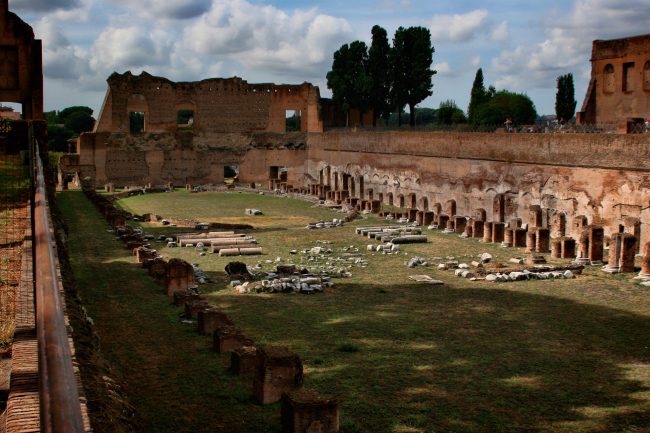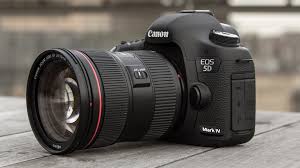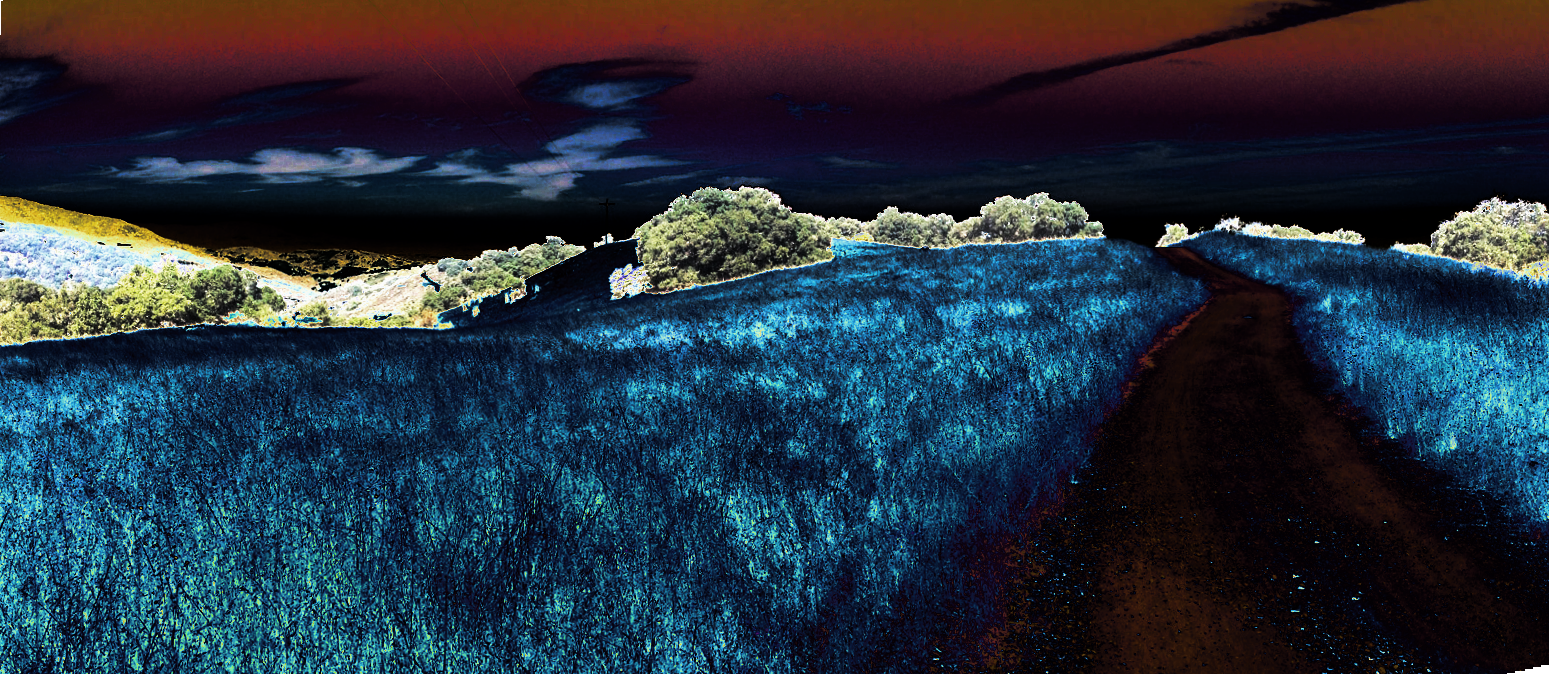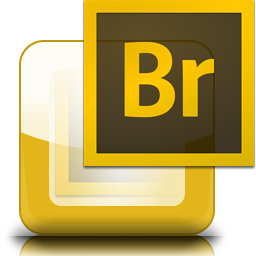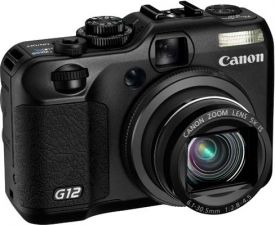As a long time photography hobbyist, I am in an unenviable position. My collection of images is, how should I put this, a chaotic mess.
If I was a professional, I would have long ago adopted a workflow, with a definite process for handling images, sorting, grading, and culling that would have some consistency across the decades. Alas, I am a duffer, and just keep adding without any rhyme or reason for processing. Hence my current hand wringing.
Sure, for big vacations, I do some “workflow-like” things, but in general I import, fix blemishes, and occasionally process in Photoshop to share.
I wrote about my trials and tribulations here highlighting how the Apple iPhoto app at first was great, but became overwhelmed, and then my attempts to improve beyond that.
Of course, at that time I was considering/playing with Adobe’s Lightroom. Alas, as a hobbyist without a workflow discipline, I was flailing. Sure, it had great tools, and capabilities, but like with Aperture, I was barely using the capabilities. It felt “heavy”.
I have come to the realization that I am not a ‘Pro’ and I am not ever going to be as disciplined as a pro. I need to find a solution that works for my situation.
Thus I fell back into the Apple Photos paradigm. Here I am a year later, and in misery. As I have used Photos, while they got rid of the concept of “Photostream” they replaced it with this undergirding of “Moments” that you have captured. Thus when I exported my pictures of the last year to break free of this jail, I had about 300 folders of “moments”. Some tagged by date, some by GPS location (from my iPhone).
Now it is time for a clean break. Fortunately, I have discovered a pretty simple, “lite” tool, and even better, it is bundled with Photoshop (and free as in beer) tool called Adobe Bridge.
Instead of being a database driven tool, like Lightroom, it really is a browser and tool to categorize your images (and other files too besides images). It can import, it can bulk rename, it can alter IPTC tags, and the meta-data associated with your files. It handles RAW files, and can even do some “developing” when importing.
It works on the file structure in your computer or storage device, and it is pretty snappy to boot.
A shout out to my longtime friend Inge Fernau who recommended it. I had seen it, and ignored it, jumping straight to the heavier solutions (Lightroom, Aperture), or using the bundled solution (iPhoto, Photos).
My current state is that I have all my images in a directory structure, mirrored on a couple of HD’s (for backup), and am cleaning up a lot of cruft. Alas, iPhoto/Aperture/Photos have some hinky ways of managing albums that change and lead to a large number of duplicate image files.
I will keep Photos, primarily since I take a lot of pictures with my iPhone (the best camera is the one you have with you, and I always have my iPhone). But I will clear out the old images and reduce the amount of storage in the iCloud, probably falling back to the free tier – Yay, one less paid cloud storage service!
(Image at the top – Mont Blanc from the Telepheriqué in Chamonix – a three shot panorama, stitched in Photostitcher, and processed with Topaz Labs B&W Effects filter)
